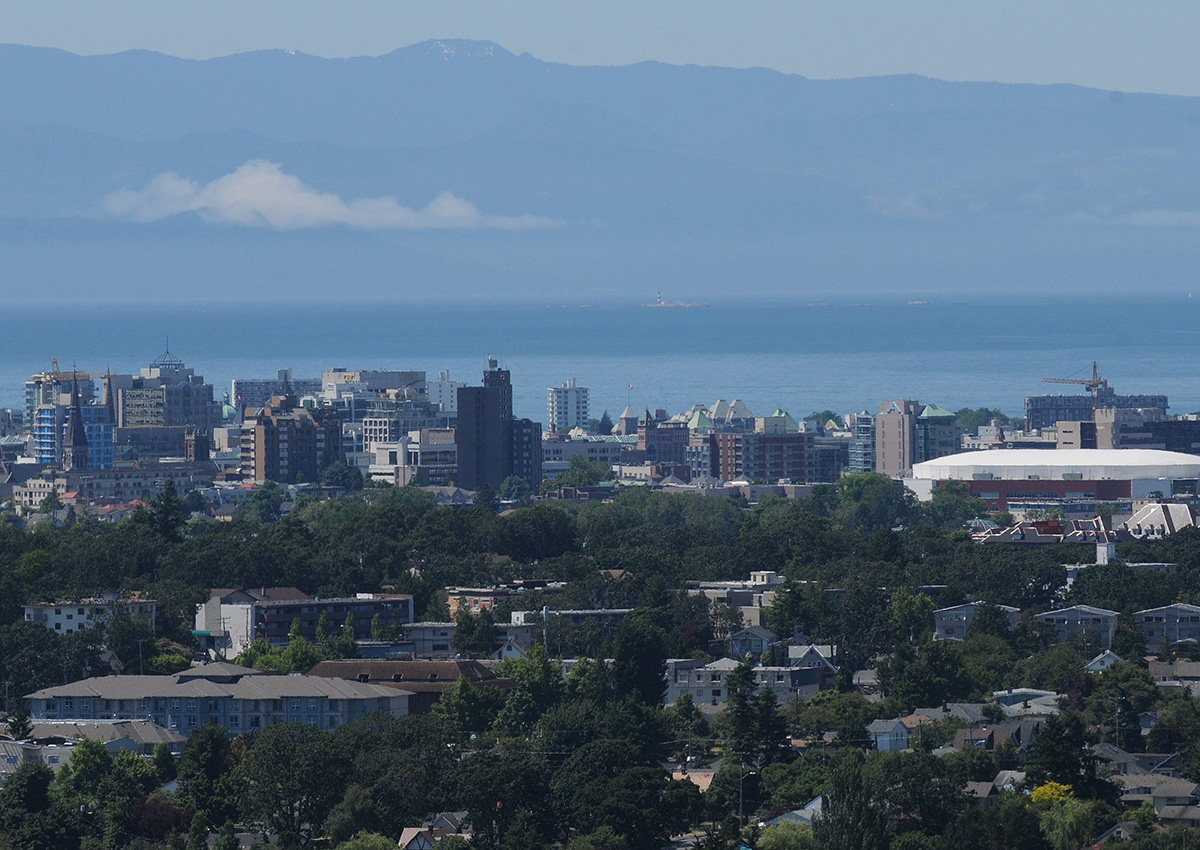EDITOR’S NOTE: The complete ranking of cities has been updated to reflect the report’s 2017 numbers.

Victoria continues to be the best Canadian city to be a women in, a new study of the country’s 25 biggest metropolitan areas reveals.
While the B.C. city claimed top spot for the third straight year, Windsor, Ont. continues to bring up the rear, notes the study by Canadian Centre for Policy Alternatives senior researcher Kate McInturff.
LAST YEAR’S RESULTS: What’s the best (and worst) city to be a woman in Canada?
The study “looks at an individual city and it asks: do men and women have equal access to jobs, to pay, to health, and social services, to education and so on,” McInturff explained.
“It’s not looking for which city is the wealthiest or the poorest but rather within a given city, do men and woman have equal access to the things that are available in that city.”
WATCH: Challenging the Wage Gap
What helps separate Victoria from other cities is community government.
“The place that Victoria really knocks it out of the park is when it comes to electing women to political office,” she explained. “They are one of the only cities in the report which has a female mayor.
“And they are also one of the only cities in the report that has more women than men on city council.”
READ MORE: Challenging the Wage Gap: Who can help improve gender equality in Canada?

Get daily National news
Hamilton, Ont. vaulted up to No. 3 in the rankings while Montreal fell to No. 15.
“The reason (Hamilton’s) score has gone up is a combination of factors,” McInturff said. “A smaller gap in terms of men and women’s employment. Also more women moving into senior management positions.”
While most Quebec cities are in the top 10, Montreal is lagging.
“In the case of Montreal, the two factors that moved it down in the rankings in particular had to do with a bigger gap in men and women’s rates of poverty,” she said.
WATCH: Young women speak out about rape culture, gender pay gap during special event in House of Commons

While some cities moved up or down, McInturff said that the changes she is seeing are moving at glacial pace in terms of closing the gender gaps in many areas.
“We’re not seeing any one (city) move quickly to close those gaps,” she said.
READ MORE: Here’s what Canadian women would be making in these jobs if they were men
“What we are seeing across the board are pretty small movements and not a lot of traction on some of these gaps.”
While Edmonton has moved from No. 22 to No. 18 on the list, McInturff points to a program the city is running as an example of how cities can close the gap between men and women.
“We’ve seen some great initiatives in a number of cities,” she said. “For example, Edmonton has started an initive to support more women moving into leadership positions.”
WATCH: Closing the gender gap in B.C. politics

While the Trudeau government has made some advances, they may need to break out the checkbook if they are going to make a real impression
“I think we have seen some really important symbolic action like equal numbers of men and women in cabinet and we saw some great gender analysis in the last federal budget,” she said. “And now I think it’s time to put some resources behind that analysis.”
“We might actually need to spend some money,” McInturff said, noting that “research shows that one of the best means to improve women’s lives is to fund women’s organizations.”
The Complete Rankings:
1. Victoria
2. Gatineau
3. Hamilton
4. Kingston
5. Vancouver
6. Québec City
7. St. John’s
8. Sherbrooke
9. Halifax
10. Toronto
11. Ottawa
12. London
13. Kelowna
14. Abbotsford-Mission
15. Montréal
16. St. Catharines-Niagara
17. Winnipeg
18. Edmonton
19. Saskatoon
20. Kitchener-Cambridge-Waterloo
21. Regina
22. Calgary
23. Barrie
24. Oshawa
25. Windsor













Comments